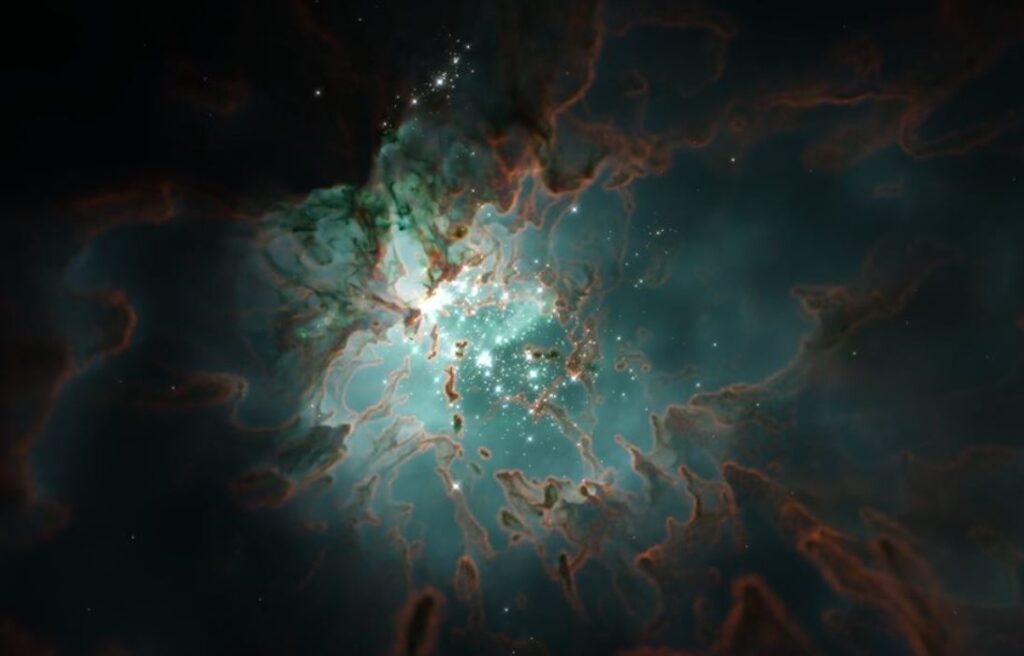
Simulations show why stars formed in different environments form similar masses. Last year, a team of astrophysicists including key members from Northwestern University launched STARFORGE, a project that produces the most realistic, highest-resolution 3D simulations of star formation to date. Now, the scientists have used the highly detailed simulations to uncover what determines the masses of stars, a mystery that has captivated astrophysicists for decades.
In a new study, the team discovered that star formation is a self-regulatory process. In other words, stars themselves set their own masses. This helps explain why stars formed in disparate environments still have similar masses...
Read More








Recent Comments